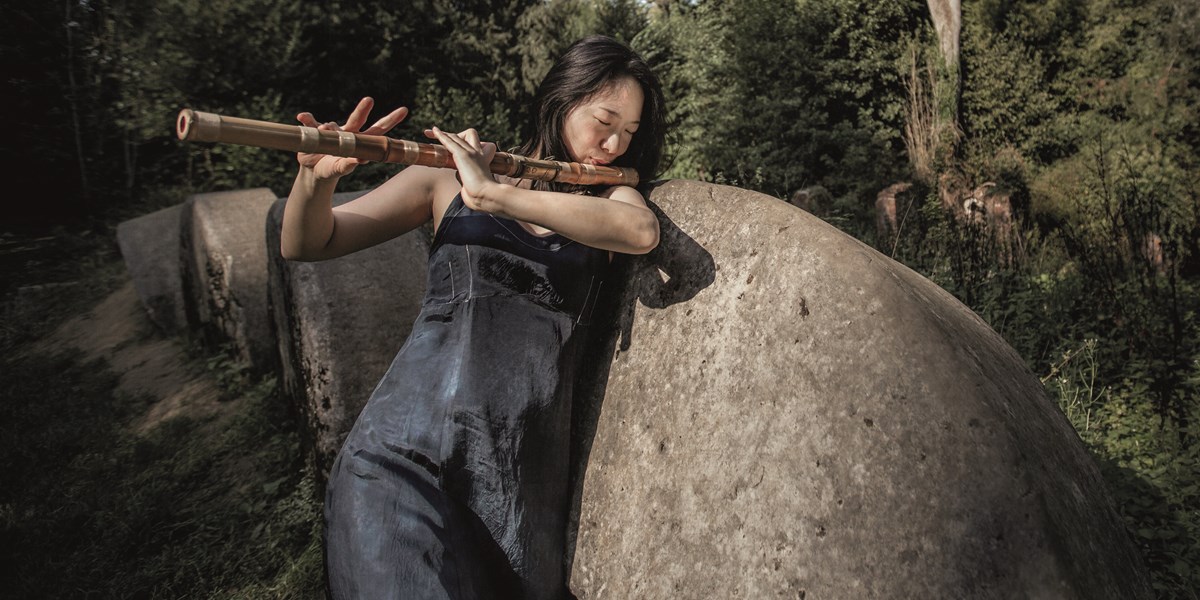Tuesday, November 8, 2022
My Instrument: Hyelim Kim and her daegeum
The doyenne of the Korean bamboo flute talks about the power of distortion and diverse dictionaries of tonal colours

©Kathryn Chapman

Register now to continue reading

Thanks for visiting the Songlines website, your guide to an extraordinary world of music and culture. Sign up for a free account now to enjoy:
- Free access to 2 subscriber-only articles and album reviews every month
- Unlimited access to our news and awards pages
- Our regular email newsletters

